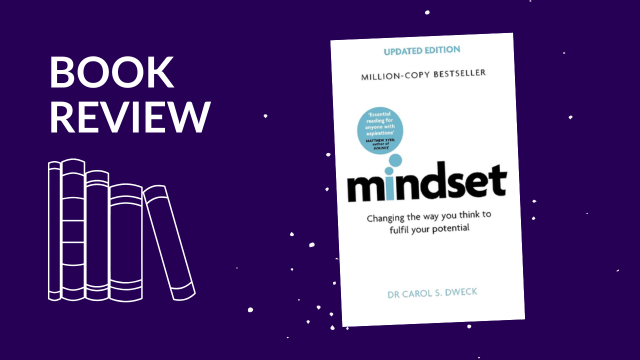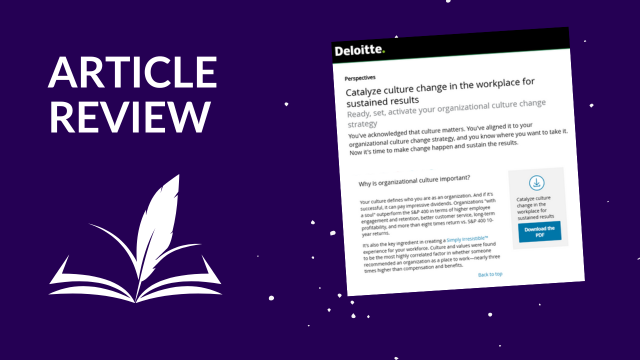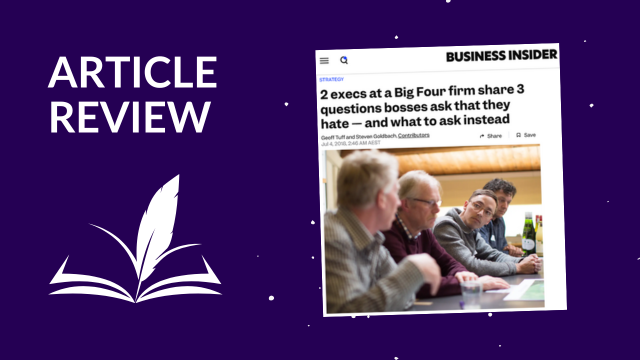How well is your change management approach working?
When important change initiatives fail, all too often the finger gets pointed at the change practitioners for not surfacing risks early enough, the rank-and-file for their too-strong resistance, or mid-level sponsors for not driving the change down with enough force. On occasion, even senior leaders may be called to account.
What if it isn’t the people, but the methodology that you are applying, that is at fault? People resist change; that often includes those we expect to sponsor it. Despite all we continue to learn about change, all the ways in which we continue to tweak and apply our methodologies, most changes continue to fail.
As Carsten Tams points out in his Forbes article Why We Need to Rethink Organizational Change Management, most of today’s methodologies are based on a top-down authoritarian model. While that approach may have worked in an “employment for life (unless you cause trouble)” environment, it is woefully out of step with today’s workforce.
Not only is the workforce driven by different incentives than they were when many of today’s methodologies were taking root, the expectations of them have changed as well. While organizations may call for greater workforce agility, greater innovation, and so forth, they are not designed to accommodate it. “Many organizations are simply not set up for agile change. While managers are busy relentlessly communicating about the change imperative, the design of many organizations slants the playing field toward controllability, stability, routinization, risk-avoidance, zero-tolerance for error, or deference to authority. It’s like pushing the accelerator and the brakes at the same time. The result is friction, fatigue, and cynicism. If we push change onto an organization that is built for stability, nothing good will come of it.”
Referencing Carl Rogers, Tams writes, “True change is a process, not a state of being. It has a direction, but there is no destination. From this perspective, the role of change managers is less to push through discrete change projects, but rather to design the organization in a way that enables continuous adaptation to an ever evolving environment.” What role are you playing?
Note, this article is the first in a series of challenges that Tams issues to our profession, and to us as change practitioners. There is much food for thought in each one.







